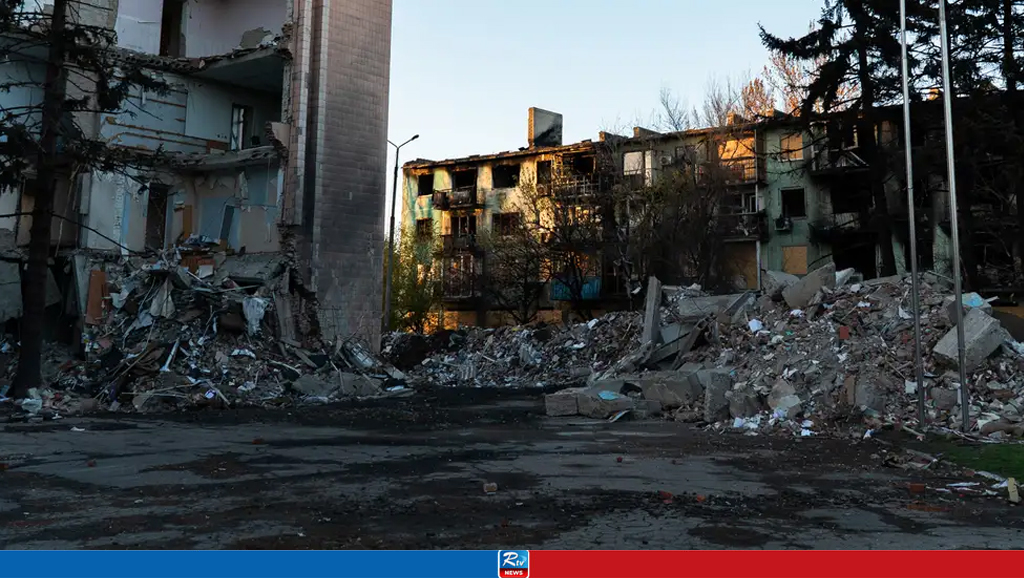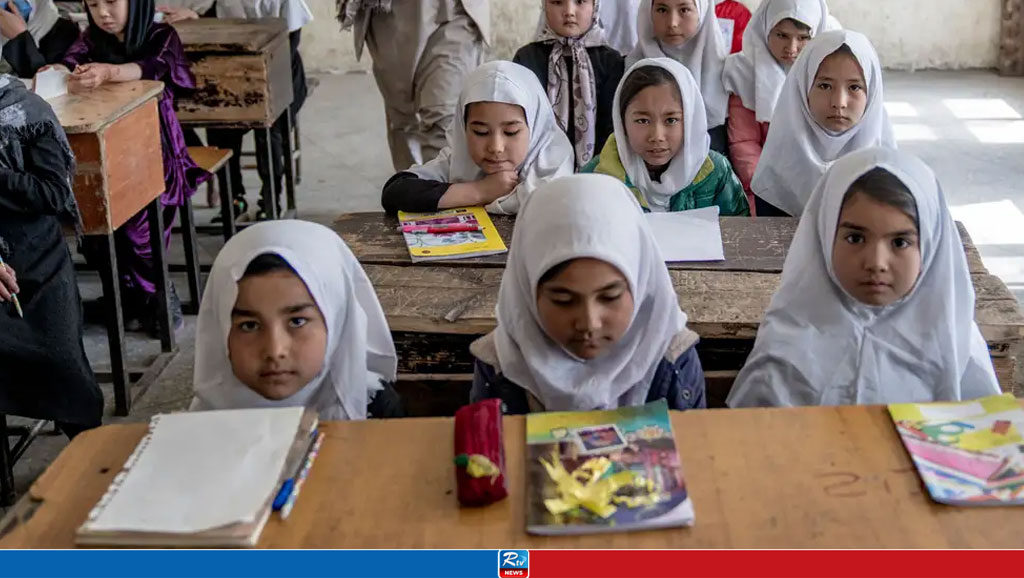Chinese Dream Shattered: 10 Alarming Signs of Growing Poverty

Despite economic hardship and widespread poverty, China’s government continues prioritizing national prestige projects like foreign aid, the China Star Link project, and infrastructure ventures, leaving citizens to struggle. Xi Jinping’s 2012 promise of the “Chinese Dream,” aimed at prosperity and happiness, now faces grim realities as economic conditions worsen.
A 2014 survey showed 77% of Chinese people felt better off compared to five years prior, but by 2024, that figure had dropped to just 39%. Song Guocheng, a senior researcher from Chung Cheng University, highlights ten critical challenges that reflect China’s shift from dreams of prosperity to poverty:
Extreme Wealth Inequality: About 70% of Chinese citizens earn less than 2,000 RMB ($275) per month, with 1% of the population controlling 90% of the country’s wealth. The World Bank reports around 200 million people live in poverty, with a staggering wealth gap of 359 times between the richest and poorest families.
Social Volcano: Surveys show a shift in perception—many now blame inequality and unfair systems, not personal failings, for poverty. This resentment reflects growing dissatisfaction with Xi’s governance.
Social Suicide: High unemployment and mortgage stress have led to cases of suicide among professionals. Many young people, unable to secure jobs due to nepotism and corruption, see “social suicide” as a form of protest against the system.
Elderly Care Crisis: China’s aging population—290 million people over 60, projected to reach 500 million by 2050—faces a broken welfare system that benefits the rich, leaving rural elderly with little support.
Catering Industry Collapse: In 2024, over 1 million catering businesses shut down, with profit margins plummeting to 0.37%. A niche market emerged for reselling equipment from closed restaurants, highlighting the severity of the industry’s downturn.
Vicious Competition: Companies across industries face cutthroat price wars due to overcapacity and low demand. In July 2024, profits in the steel sector fell 88%, while solar industry prices dropped drastically, forcing many companies into losses.
Struggling Enterprises: Iconic companies like Evergrande, which lost 20.25 billion RMB in the first half of 2024, reflect the collapse of China’s real estate sector. Top developers are struggling with debt or facing bankruptcy.
Middle-Class Erosion: The closure of 7,000 piano stores—a symbol of middle-class status—illustrates the decline of China’s middle class, further weakening the economy.
Unfinished Generation: Record youth unemployment, with 11.79 million new graduates in 2024 and a 17.1% youth unemployment rate, highlights the challenges facing young people, many forced into low-wage jobs or long-term unemployment.
Unsustainable Debt: China’s combined government and corporate debt reached 390 trillion Yuan in 2022, three times its GDP. With GDP growth unable to keep up, China’s financial stability remains in jeopardy.
Despite these struggles, the Chinese Communist Party (CCP) continues to focus on projects that enhance its global influence rather than addressing domestic poverty. Song Guocheng sums it up bluntly: “The people suffer, but the CCP scatters flowers,” suggesting that Xi Jinping’s Chinese Dream prioritizes prestige over citizens' well-being.
Comments
Mahathir Calls for Unity Among Bangladesh’s Political Leaders

Ukraine Updates: / Zelenskyy Hints at Ending 'Hot War'

Kolkata Hospital Announces Not to Provide Treatment to Bangladeshis

Leavitt Named Youngest White House Press Secretary in History

China Discovers World's Largest Gold Deposit Worth $83 Billion

Taliban Overhaul Afghanistan's Education System

Microsoft Survey: India Tops the World in Spreading Misinformation


 Live Tv
Live Tv

